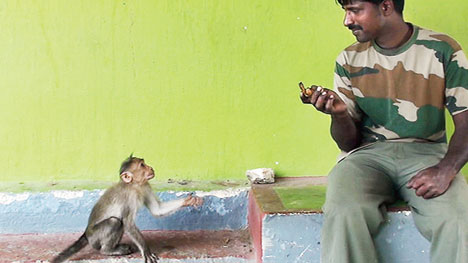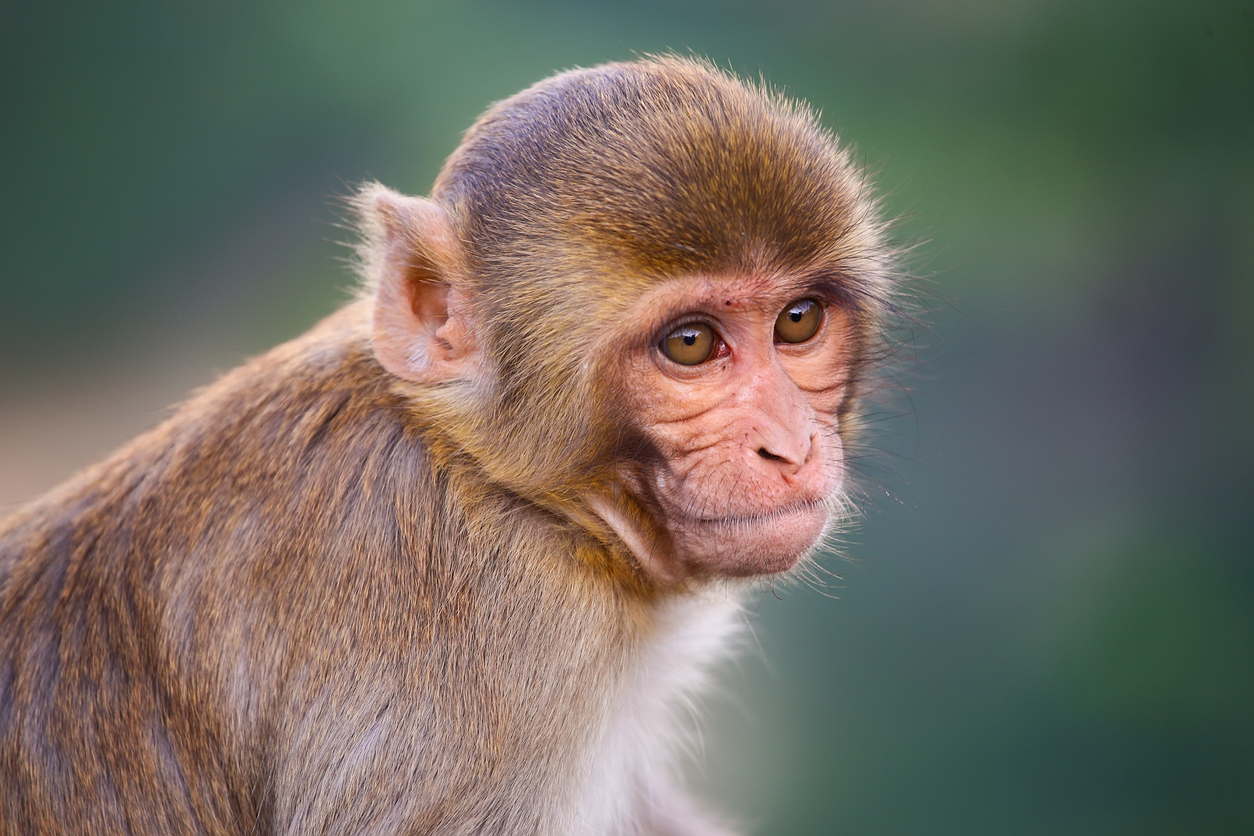Prehistoric stone-age humans hunted monkeys for food and weapons in the forests of Sri Lanka 45,000 years ago, an international team of scientists said on Tuesday, announcing research findings that could change current ideas of early human behaviour.
Their discoveries in southern Sri Lanka provide the oldest evidence for deliberate targeted hunting of monkeys and squirrels, suggesting that humans had acquired the skills to hunt small, agile difficult-to-catch animals much earlier than hitherto assumed.
The researchers based in Germany, Sri Lanka and other countries examined the remains of animals, a total of 14,485 animal bone and tooth fragments, and bone and stone tools at Fa Hien-lena, the oldest archaeological site occupied by humans in Lanka.
Their findings, published in the journal Nature Communications, indicate that stone-age humans had the capacity to adapt their hunting behaviour to complex environments that allowed them to colonise the Earth’s diverse environments.
“Our findings show that humans could and did make use of novel strategies in a diversity of environments,” Patrick Roberts, an archaeologist at the Max Planck Institute for the Science of Human History in Germany who led the research, told The Telegraph.
Earlier archaeological excavations worldwide have indicated that stone-age humans had mainly relied on large ungulates — easier to catch, club, or spear — in vast savanna-like environments as their primary source of protein. Some scientists had speculated — on the basis of excavations in Europe and the Levant — that the ability to catch agile fast-moving animals had emerged only over the past 20,000 years.
But the evidence from Fa Hien-lena suggests that the stone-age humans were hunting macaques, langurs and tree squirrels among other animals in tropical forests about 45,000 years ago. Over 70 per cent of the animal remains at the site belonged to monkeys or squirrels.
At least 92 bone fragments, almost all from small mammals, carried butchery marks. The studies also suggest that after making meals of the monkeys and squirrels, their bones were fashioned into tools — weapons to nab more prey.
The bones suggest that the humans were targeting prime-age adult monkeys. “Focusing on the largest adults means that they were selectively targeting certain individuals, suggesting hunting through projectiles,” Roberts said.
Although adults were targeted, the continuous exploitation of monkeys and squirrels from 45,000 years to 38,000 years ago points to “close knowledge of life cycles, territories and sustainable hunting strategies”, the researchers wrote in their paper.
“The use of these difficult-to-catch animals is one more example of the behavioural and technological flexibility of Homo sapiens,” said Michael Petraglia, professor of human evolution and prehistory at the Max Planck Institute for the Science of Human History.
Anthropologists believe stone-age humans must have passed through India before they arrived in Sri Lanka and have speculated that similar stone-age activity might have also occurred in India.
“I think the main issue is — no one has looked hard for old sites,” Roberts said. “I suspect if groups were to investigate caves and rock shelters in the tropical forests of the Western Ghats and also Odisha, evidence for early tropical forest use would emerge.”












